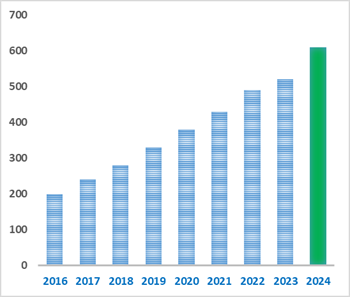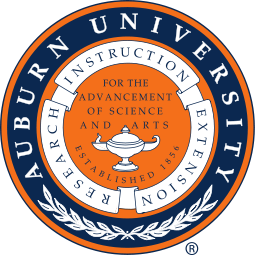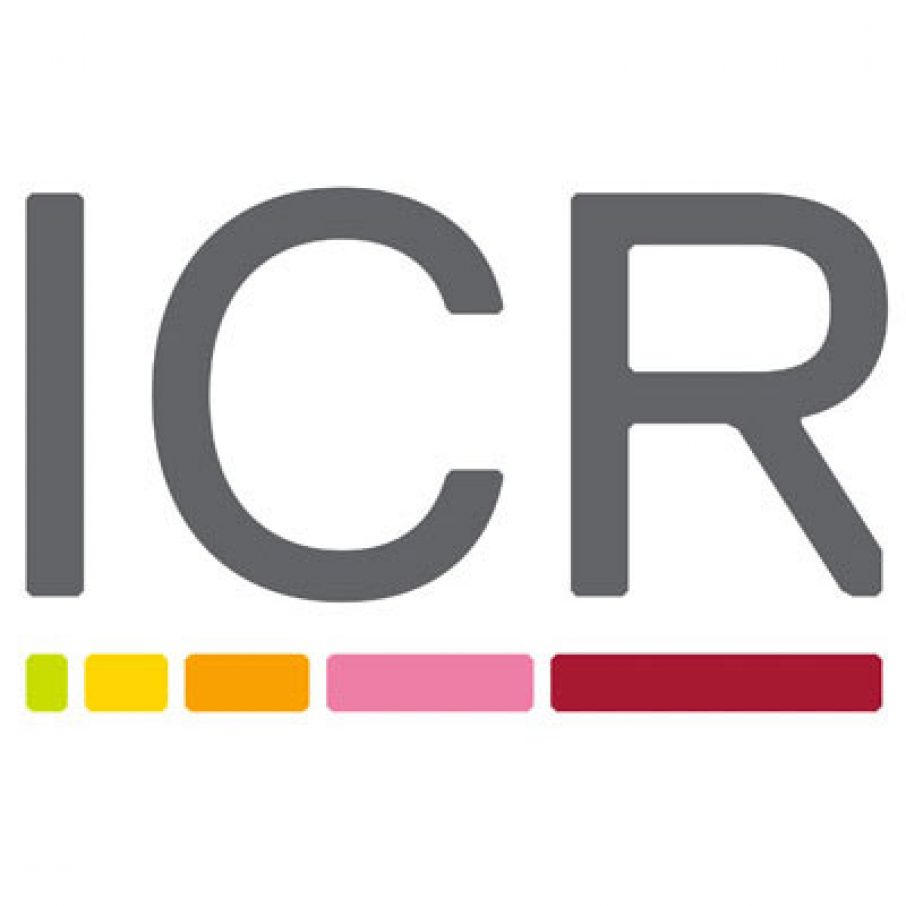AmbroxCAS# 6790-58-5 |

Quality Control & MSDS
3D structure
Package In Stock
Number of papers citing our products

| Cas No. | 6790-58-5 | SDF | Download SDF |
| PubChem ID | 10857465 | Appearance | Powder |
| Formula | C16H28O | M.Wt | 236.39 |
| Type of Compound | Diterpenoids | Storage | Desiccate at -20°C |
| Solubility | Soluble in Chloroform,Dichloromethane,Ethyl Acetate,DMSO,Acetone,etc. | ||
| Chemical Name | (3aR,5aS,9aS,9bR)-3a,6,6,9a-tetramethyl-2,4,5,5a,7,8,9,9b-octahydro-1H-benzo[e][1]benzofuran | ||
| SMILES | CC1(CCCC2(C1CCC3(C2CCO3)C)C)C | ||
| Standard InChIKey | YPZUZOLGGMJZJO-LQKXBSAESA-N | ||
| Standard InChI | InChI=1S/C16H28O/c1-14(2)8-5-9-15(3)12(14)6-10-16(4)13(15)7-11-17-16/h12-13H,5-11H2,1-4H3/t12-,13+,15-,16+/m0/s1 | ||
| General tips | For obtaining a higher solubility , please warm the tube at 37 ℃ and shake it in the ultrasonic bath for a while.Stock solution can be stored below -20℃ for several months. We recommend that you prepare and use the solution on the same day. However, if the test schedule requires, the stock solutions can be prepared in advance, and the stock solution must be sealed and stored below -20℃. In general, the stock solution can be kept for several months. Before use, we recommend that you leave the vial at room temperature for at least an hour before opening it. |
||
| About Packaging | 1. The packaging of the product may be reversed during transportation, cause the high purity compounds to adhere to the neck or cap of the vial.Take the vail out of its packaging and shake gently until the compounds fall to the bottom of the vial. 2. For liquid products, please centrifuge at 500xg to gather the liquid to the bottom of the vial. 3. Try to avoid loss or contamination during the experiment. |
||
| Shipping Condition | Packaging according to customer requirements(5mg, 10mg, 20mg and more). Ship via FedEx, DHL, UPS, EMS or other couriers with RT, or blue ice upon request. | ||
| Description | 1. Ambrox is a fragrance ingredient. |

Ambrox Dilution Calculator

Ambrox Molarity Calculator
| 1 mg | 5 mg | 10 mg | 20 mg | 25 mg | |
| 1 mM | 4.2303 mL | 21.1515 mL | 42.303 mL | 84.6059 mL | 105.7574 mL |
| 5 mM | 0.8461 mL | 4.2303 mL | 8.4606 mL | 16.9212 mL | 21.1515 mL |
| 10 mM | 0.423 mL | 2.1151 mL | 4.2303 mL | 8.4606 mL | 10.5757 mL |
| 50 mM | 0.0846 mL | 0.423 mL | 0.8461 mL | 1.6921 mL | 2.1151 mL |
| 100 mM | 0.0423 mL | 0.2115 mL | 0.423 mL | 0.8461 mL | 1.0576 mL |
| * Note: If you are in the process of experiment, it's necessary to make the dilution ratios of the samples. The dilution data above is only for reference. Normally, it's can get a better solubility within lower of Concentrations. | |||||

Calcutta University

University of Minnesota

University of Maryland School of Medicine

University of Illinois at Chicago

The Ohio State University

University of Zurich

Harvard University

Colorado State University

Auburn University

Yale University

Worcester Polytechnic Institute

Washington State University

Stanford University

University of Leipzig

Universidade da Beira Interior

The Institute of Cancer Research

Heidelberg University

University of Amsterdam

University of Auckland

TsingHua University

The University of Michigan

Miami University

DRURY University

Jilin University

Fudan University

Wuhan University

Sun Yat-sen University

Universite de Paris

Deemed University

Auckland University

The University of Tokyo

Korea University
- Scutebarbatine K
Catalog No.:BCN3223
CAS No.:960302-86-7
- Cyclo(Pro-Trp)
Catalog No.:BCN2422
CAS No.:67889-75-2
- Gigantol
Catalog No.:BCN8382
CAS No.:67884-30-4
- n-Butyl-β-D-fructopyranoside
Catalog No.:BCC9097
CAS No.:67884-27-9
- Martynoside
Catalog No.:BCN4236
CAS No.:67884-12-2
- Deapi-platycodin D3
Catalog No.:BCN3240
CAS No.:67884-05-3
- Glycosolone
Catalog No.:BCN6521
CAS No.:67879-81-6
- Caftaric acid
Catalog No.:BCN2096
CAS No.:67879-58-7
- Boc-Nva-OH.DCHA
Catalog No.:BCC2642
CAS No.:67861-96-5
- Taraxasterone
Catalog No.:BCN7746
CAS No.:6786-16-9
- Ethyl 2,4-dihydroxyphenylacetate
Catalog No.:BCN4235
CAS No.:67828-62-0
- Methyl 2,4-dihydroxyphenylacetate
Catalog No.:BCN6801
CAS No.:67828-42-6
- Aluminum n-octacosoxide
Catalog No.:BCC8099
CAS No.:67905-27-5
- Dehydroevodiamine
Catalog No.:BCN2974
CAS No.:67909-49-3
- Homobaldrinal
Catalog No.:BCN2681
CAS No.:67910-07-0
- Macusine B
Catalog No.:BCN6471
CAS No.:6792-07-0
- Mesaconine
Catalog No.:BCC8339
CAS No.:6792-09-2
- 1,6-Dihydro-4,7'-epoxy-1-methoxy-3',4'-methylenedioxy-6-oxo-3,8'-lignan
Catalog No.:BCN6584
CAS No.:67920-48-3
- Sodium Danshensu
Catalog No.:BCN5952
CAS No.:67920-52-9
- Aurantio-obtusin
Catalog No.:BCN1222
CAS No.:67979-25-3
- N-(5,8,11,14-Eicosatetraenoyl)taurine
Catalog No.:BCN1755
CAS No.:679834-28-7
- N-(15-Methyl-9-hexadecenoyl)taurine
Catalog No.:BCN1754
CAS No.:679834-30-1
- BMS 193885
Catalog No.:BCC7613
CAS No.:679839-66-8
- Sodium citrate
Catalog No.:BCC7588
CAS No.:68-04-2
Enzymes for synthetic biology of ambroxide-related diterpenoid fragrance compounds.[Pubmed:25846965]
Adv Biochem Eng Biotechnol. 2015;148:427-47.
Ambrox and related Ambroxides are highly priced in the fragrance industry, and valued for their delicate odor and fixative properties. Historically, Ambrox was obtained from ambergris, a waxy excretion produced by sperm whales, now an endangered species. Synthetic Ambroxides have replaced ambergris in perfume manufacture. Plant labdane diterpenoids can serve as starting material for Ambroxide synthesis. Among these, the diterpene alcohol sclareol is the major industrial precursor obtained from cultivated clary sage (Salvia sclarea). In plants, a large family of diterpene synthase (diTPS) enzymes controls key reactions in diterpenoid biosynthesis. Advanced metabolite profiling and high-throughput sequencing of fragrant and medicinal plants have accelerated discovery of novel diTPS functions, providing a resource for combinatorial synthetic biology and metabolic engineering approaches. This chapter highlights recent progress on the discovery, characterization, and engineering of plant diTPSs with potential uses in Ambroxide production. It features biosynthesis of sclareol, cis-abienol, and diterpene resin acids, as sources of genes and enzymes for diterpenoid bioproducts.


